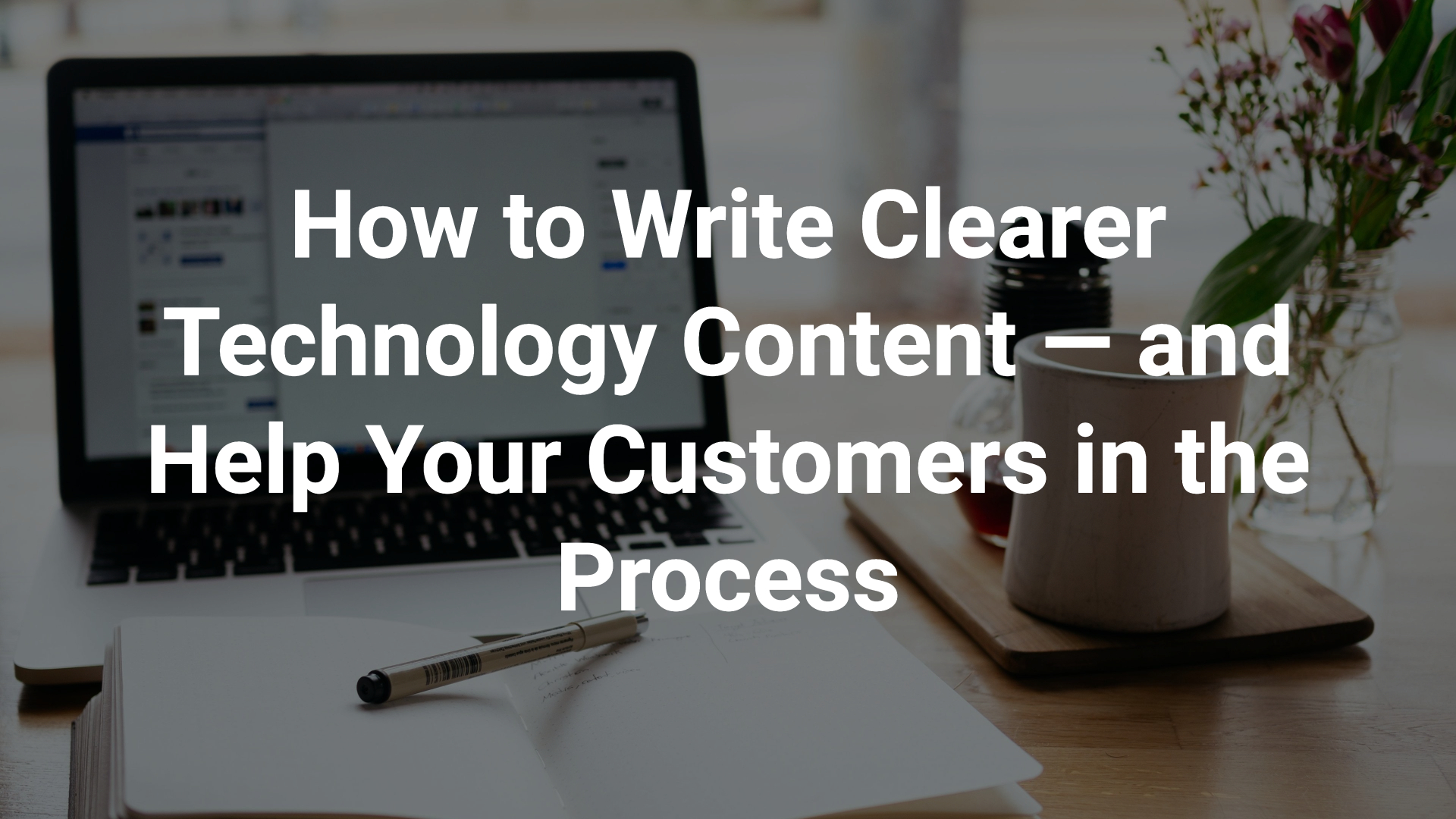When I’m training marketing content writers in the tech space, one thing that comes up a lot is concision.
Clarity, accessibility and understanding all suffer when technology content isn’t concise.
Concision is making content clearer — not necessarily shorter — right down to each individual sentence.
Let’s take a look at this passage from an enterprise technology blog post:
As many other companies worldwide, HPE also faced the challenge to do more with less and sought to quickly and efficiently remove costly and ineffective work processes. Combining powerful technologies with SAP’s Business Technology Platform portfolio provided prepackaged and pre-integrated solutions including analytics and machine learning capabilities, which simplified IT processes and elevated customer experience. Additionally, allowing the integration of Conversational AI technology and SAP governance, risk, and compliance solutions, where chatbots took over simple interactions with users, such as authorizations request and password reset, making these actions more convenient.
That’s a lot of information to process, and the complex way it’s worded makes it that much harder to pull meaning from it.
Where so many writers go wrong is in believing that it’s their job to sound smart. It’s not. It’s a writer’s job to help the reader understand.
So how could this writer do that job better? How could we make this paragraph more concise, and ultimately clearer?
Here are seven specific things that can help:
- Read it out loud. If it’s hard to speak, it’s hard to read.
- Use simpler words when possible. Your reader isn’t looking for a dissertation. They’re reading your marketing content to get information and/or solve a problem.
- Break up longer sentences when you can — and when you can’t, use punctuation (e.g., commas, em-dashes or semicolons) to create rest-stops along the way.
- Vary sentence length for a more engaging cadence.
- Put the most important piece of information at the front of the sentence — don’t make your reader wait for the detail they most need. The exceptions would be if you were intentionally creating drama or telling a joke (yes, the punchline should remain at the end of the sentence!).
- Use active voice versus passive voice whenever possible.
- When writing for digital mediums, break up long paragraphs. The place to break a paragraph is where a new idea starts. A single paragraph should have one main idea. When you introduce a new idea, break it into a new paragraph.
Let’s look at that paragraph again with these guidelines applied:
HPE, like many other companies worldwide, also faced the challenge of doing more with less. To overcome this, the company focused on removing costly and ineffective work processes.
HPE combined powerful technologies with SAP’s Business Technology Platform portfolio to simplify IT processes and elevate the customer experience. This solution also allowed HPE to integrate SAP Conversational AI technology and governance, risk and compliance solutions. With this approach, chatbots could take over simple user requests like authorizations and password resets.
We only lost 11 words, and we didn’t lose any key industry terms — but we made it much easier to read and understand.
It’s a writer’s job to help the reader understand the subject or story. Clear unnecessary clutter and complexity, and use punctuation and formatting to ease the reader through the content.
Making your writing more concise can go a long way toward helping technology customers get the information they need from your company’s content.
